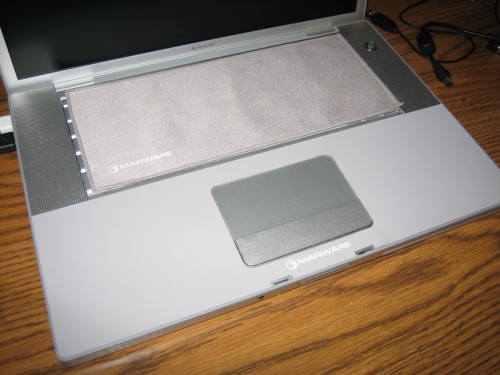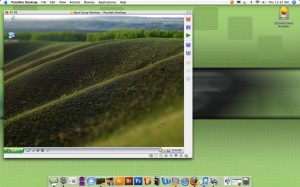 The biggest event of my week was yesterday when we visited the King of Prussia Mall in Pennsylvania. As befitting a giant mall, of course there is an Apple Store. I decided to take my chances on a walk-in visit to the Genius Bar to see if anything could be done about my Macbook Pro battery.
The biggest event of my week was yesterday when we visited the King of Prussia Mall in Pennsylvania. As befitting a giant mall, of course there is an Apple Store. I decided to take my chances on a walk-in visit to the Genius Bar to see if anything could be done about my Macbook Pro battery.
A little background, because I don’t bitch about my battery nearly enough for you to have known it was going on: my computer is not quite two years old, and its second battery has withered and died. The first battery lasted pretty much a year exactly, before the battery life got to a point where it was really negating the purpose of having a laptop (somewhere around a half hour). I probably had a case for premature failure, but I just bought a new one, and was happy.
Cut to ten months later. While the battery life on the second one had not become quite so brief (maybe an hour to an hour and a half), the battery was all confused. Diagnostic programs reported the battery health at 40% after 90-something charge cycles, which based on my perusal of the Apple Support forums, is way worse than a lot of people who were able to get their batteries replaced. Worst of all, instead of simply dying quickly, it was misreporting its charge, so that the computer would show it maybe 30% full, and instead of showing a low battery warning or forcing the computer to sleep, it would completely shut off without warning, which is, um, terrible, in so many ways. It had just started doing this before the logic board failure, so when the computer died I thought maybe the battery was not to blame after all, but the problem continued after the repair.
While my computer is sadly without Apple Care, the battery is less than a year old, and thus has its own warranty. It’s clearly indicated on the receipt, which I made sure to have on my iPhone in PDF format before going to the store.
So I walked into the store and was able to get an appointment right away, and within 5 minutes was talking to the genius. He booted my computer from an old iPod nano which had some diagnostic software on it (as I tried to stifle my excitement at this idea of using my old nano as an 8GB flash drive), and after a few seconds, the screen popped up with this big red box with the word “BAD” in it in huge letters (artist’s rendering above). It was really comical. Well that settled that! I showed him the PDF including the warranty date, signed some papers and walked away with a brand new battery. Between the logic board and the battery I feel like I have a brand new Mac.
Right now I’m using my days off to be a good little girl and train the battery properly. It’s probably going to want to be shut down soon — oops, there goes the warning — so bye!



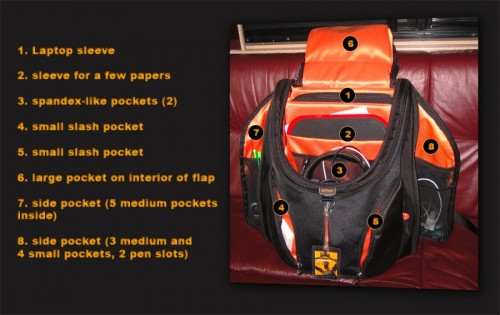
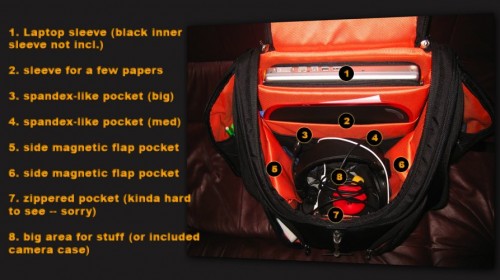
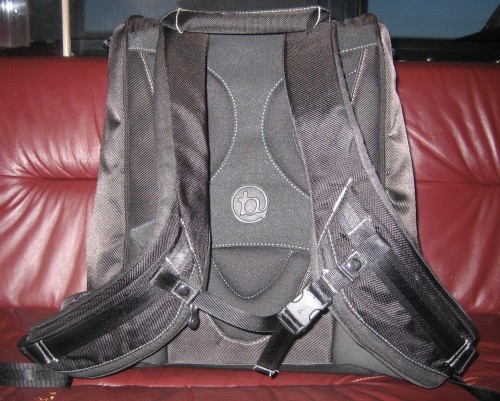
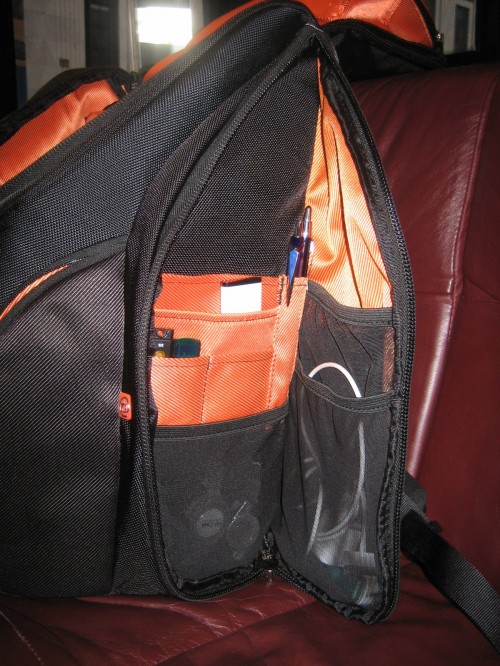
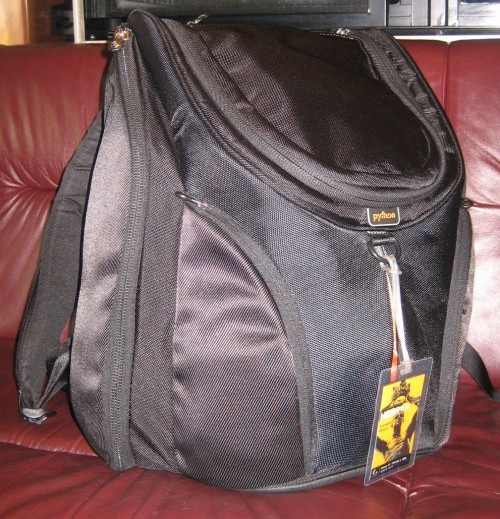
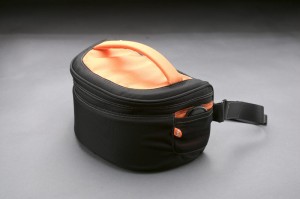
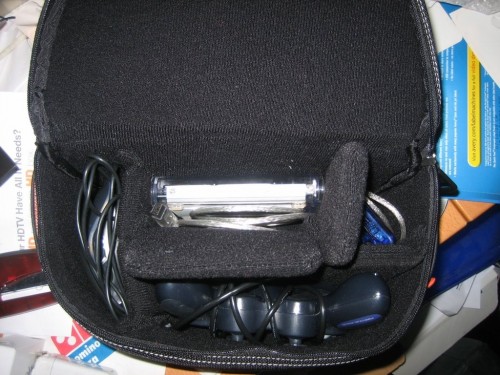
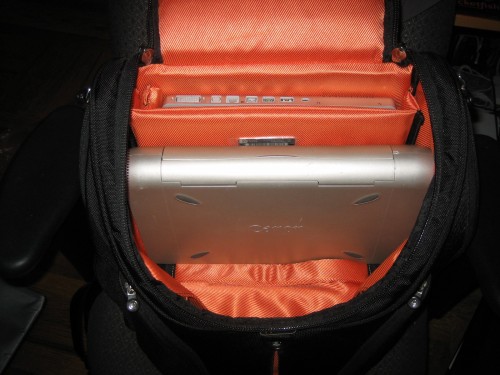
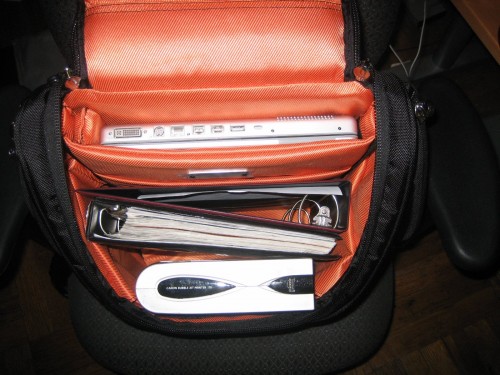
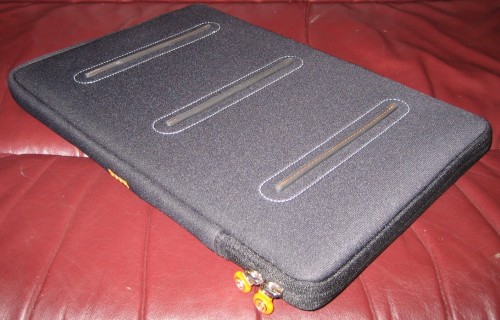
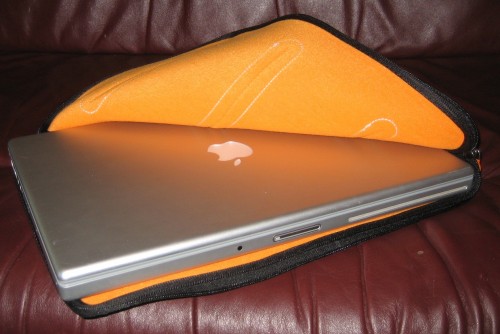
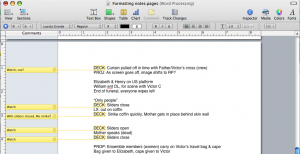
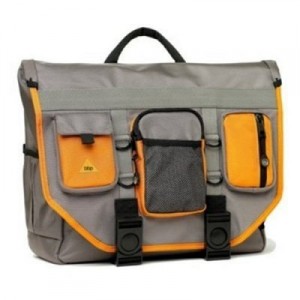


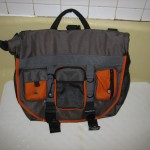
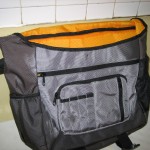
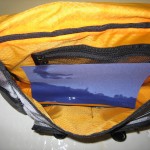
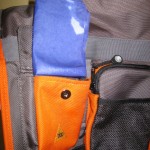
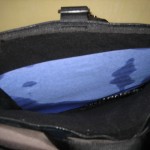
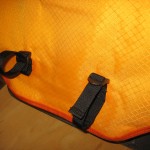
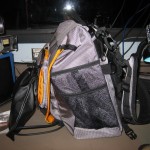
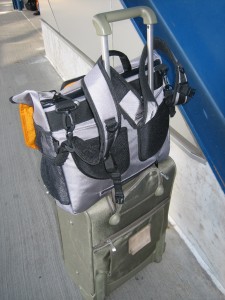
 While in the five years since I switched to Mac I have grown to love Apple’s style of hardware and software that “just works,” I still like to know that I have control over the way things work and can customize them to my liking. For the most part I haven’t felt that being a Mac user has taken away my ability to customize, but sometimes that means replacing Apple’s built-in apps with 3rd party replacements. Missing Sync instead of iSync, Firefox instead of Safari, and the biggest of all, Office.
While in the five years since I switched to Mac I have grown to love Apple’s style of hardware and software that “just works,” I still like to know that I have control over the way things work and can customize them to my liking. For the most part I haven’t felt that being a Mac user has taken away my ability to customize, but sometimes that means replacing Apple’s built-in apps with 3rd party replacements. Missing Sync instead of iSync, Firefox instead of Safari, and the biggest of all, Office.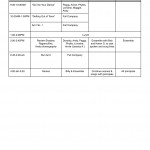 When 42nd Street started rehearsals last month, there were a lot of changes in the schedule every day, and I needed to produce new and easy-to-read schedules pretty much on the spot. Taking time to format them and make them look pretty was time we didn’t have. And they had to be easy to read as they were being made, so that we could see problems, like time overlaps or too many rehearsals scheduled in one room. Despite being in full anti-Pages mode at the time, I knew that this particular job was perfectly matched for Pages. It can look pretty, and it can look pretty immediately. I made a table, created the right number of columns, and began dragging things around to form our schedule, merging and dividing cells as needed. At right you can see an example. Stuff is just typed in without any thought to formatting, and it looks clean and legible. I would save a copy every day as a PDF to be e-mailed to the cast. Pages can also save in .doc format, but I prefer PDFs more and more as different versions of Office can screw up margins and formatting, and if the document won’t need to be edited by the recipient, I prefer the safety of knowing it will look exactly as I intended.
When 42nd Street started rehearsals last month, there were a lot of changes in the schedule every day, and I needed to produce new and easy-to-read schedules pretty much on the spot. Taking time to format them and make them look pretty was time we didn’t have. And they had to be easy to read as they were being made, so that we could see problems, like time overlaps or too many rehearsals scheduled in one room. Despite being in full anti-Pages mode at the time, I knew that this particular job was perfectly matched for Pages. It can look pretty, and it can look pretty immediately. I made a table, created the right number of columns, and began dragging things around to form our schedule, merging and dividing cells as needed. At right you can see an example. Stuff is just typed in without any thought to formatting, and it looks clean and legible. I would save a copy every day as a PDF to be e-mailed to the cast. Pages can also save in .doc format, but I prefer PDFs more and more as different versions of Office can screw up margins and formatting, and if the document won’t need to be edited by the recipient, I prefer the safety of knowing it will look exactly as I intended.